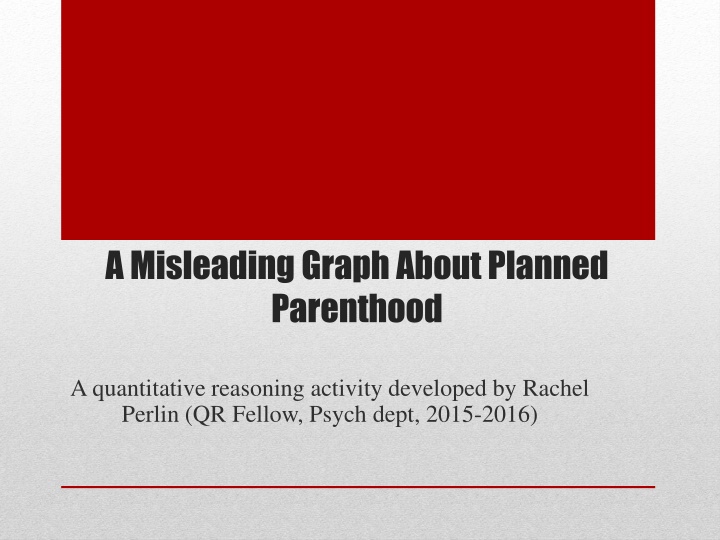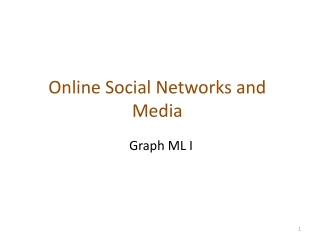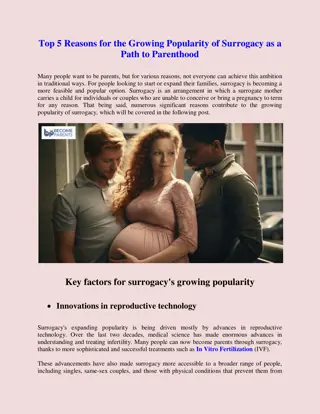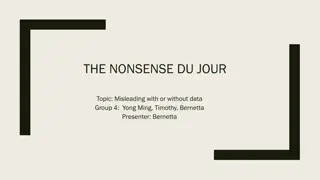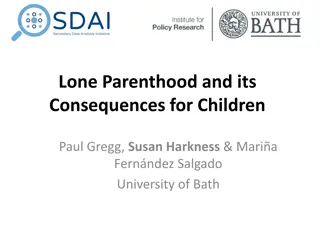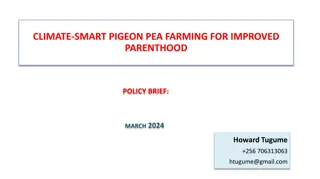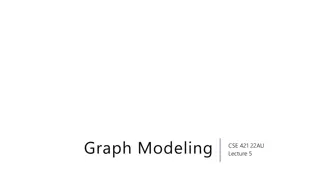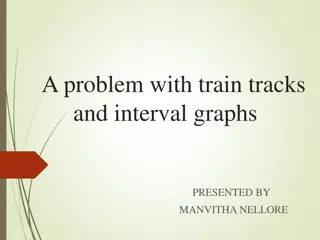Misleading Data: Planned Parenthood Graph Analysis
During a congressional meeting, a deceptive graph about Planned Parenthood was presented, highlighting a skewed representation of services provided. Discover why the graph was misleading and how a corrected version can alter interpretations significantly.
Download Presentation

Please find below an Image/Link to download the presentation.
The content on the website is provided AS IS for your information and personal use only. It may not be sold, licensed, or shared on other websites without obtaining consent from the author.If you encounter any issues during the download, it is possible that the publisher has removed the file from their server.
You are allowed to download the files provided on this website for personal or commercial use, subject to the condition that they are used lawfully. All files are the property of their respective owners.
The content on the website is provided AS IS for your information and personal use only. It may not be sold, licensed, or shared on other websites without obtaining consent from the author.
E N D
Presentation Transcript
A Misleading Graph About Planned Parenthood A quantitative reasoning activity developed by Rachel Perlin (QR Fellow, Psych dept, 2015-2016)
On Tuesday, September 29, 2015 during a congressional committee meeting, Congressman Jason Chaffetz displayed a slide that showed a graph created by anti- abortion group, Americans United for Life (AUL). The issue is important because as part of an effort to defund Planned Parenthood, many Republicans have portrayed it as an abortion provider, while defenders of Planned Parenthood have said it mostly performs other women s health services, such as cancer screenings. Background
https://www.youtube.com/watch?v=iGlLLzw5_KM Planned Parenthood congressional committee hearing clip
What is the graph trying to say but how does it fail in saying that? What can you change about the graph so that it is more accurate (can use the same numbers, as well as the same x-axis)? Now that the graph is corrected, how is the interpretation of the graph different? What is the rate of decrease in cancer screenings in other prevention services? What is the rate of increase in abortions? Why should the graph above not have been shown during the congressional committee meeting about Planned Parenthood?
Corrected Graph (via dailykos.com)
